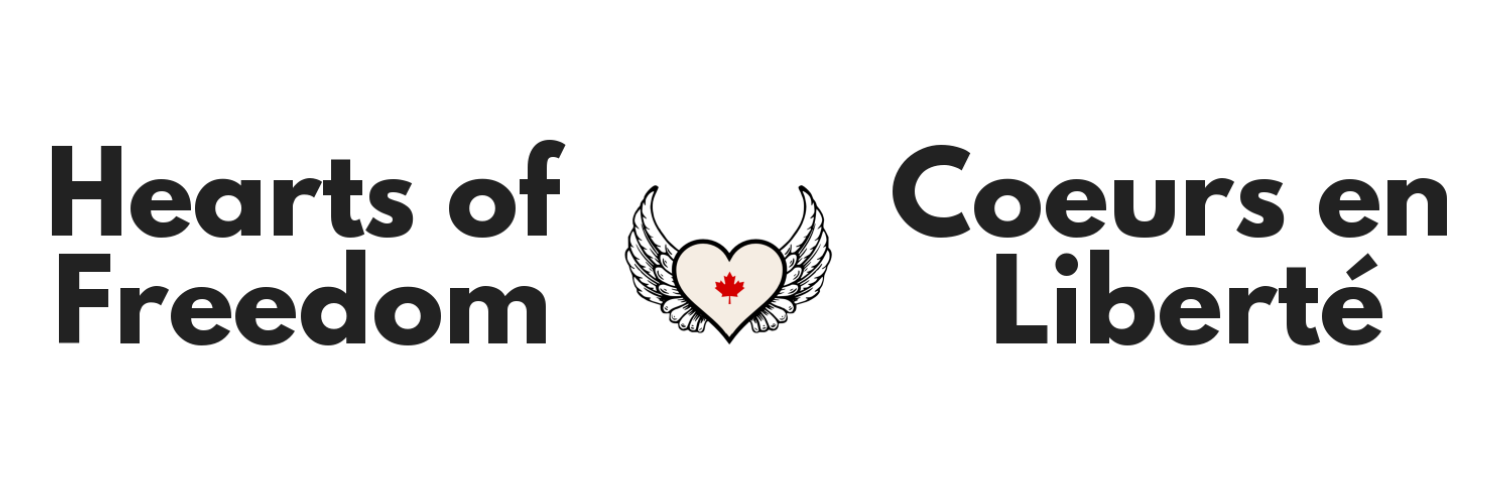Stories of Southeast Asian Refugees
Canada is home to over 300,000 people from Vietnam, Cambodia and Laos. Most of these people arrived in Canada as Southeast Asian refugees or their immediate family members between 1975 and 1997.
To stop the spread of communism, the USA fought an ideological war against North Vietnam from 1960 to 1973. Desperate to win, the Americans used extremely destructive military measures like napalm in the Mekong Delta and carpet bombing in Cambodia and Laos. But the Viet Cong and North Vietnamese also used terror and committed many atrocities. There was disregard for human life by both sides. The people of Vietnam, Cambodia and Laos suffered in an ideological war not of their making. Under intense domestic pressures, the US pulled out of the war in 1973.
On its own, and deprived of American military supplies, the South Vietnamese military could not defeat the battle-hardened troops of the North. In spring 1975, North Vietnam was victorious, as were the Khmer Rouge and the Pathet Lao, its communist proxies in Cambodia and Laos. Fearing the communists, many Vietnamese and a much smaller number of Cambodians and Laotians fled immediately.
South Vietnam, annexed by the North, and Laos became communist dictatorships with intense persecution of “class enemies”. The Khmer Rouge’s regime led to almost 2 million deaths, in what is considered one of the largest genocides in human history.
In 1978, Vietnam started to rid itself of its Chinese minority – the Hoa – expelling them directly to China or pushing them out to sea in rusty freighters. By 1979, the boat people phenomenon grew exponentially with ethnic Vietnamese joining and outnumbering the Hoa. People fled Vietnam in flimsy unseaworthy boats, fled Cambodia through steamy jungles, fled Laos under gun fire across the Mekong River. The region descended into chaos.

Developed countries, including Canada, reacted to the refugee crisis by permanently resettling Southeast Asian refugees. Canadian officials selected refugees in camps on distant islands, in jungle clearings, in a former leper colony in Hong Kong.
The refugees arrived in a cold land, where everything was different — languages, food, accommodations. Their strong families and their communities enabled their successful integration. But so did the superhuman efforts of their Canadian private sponsors and many government officials. For these new Canadians the people of Canada are a “kind” people.
Today the former Southeast Asian refugees are proud Canadians intensely grateful to Canada. They and their offspring are a Canadian success story. For them the fundamental meaning of Canada is Freedom.

